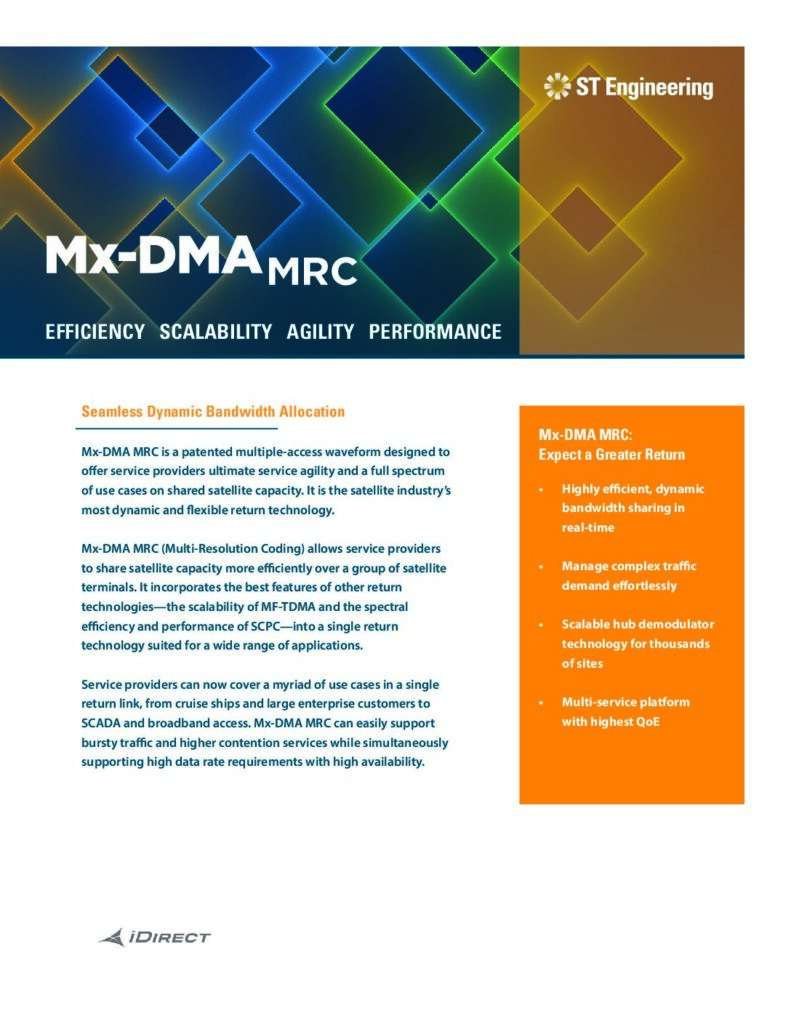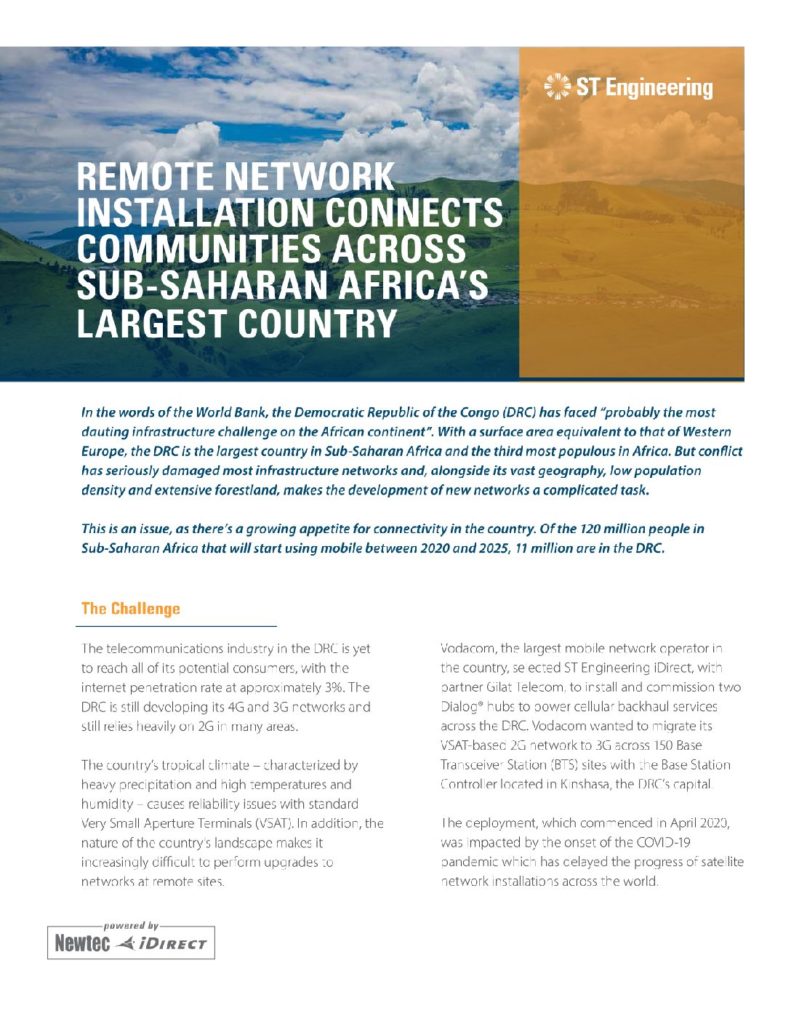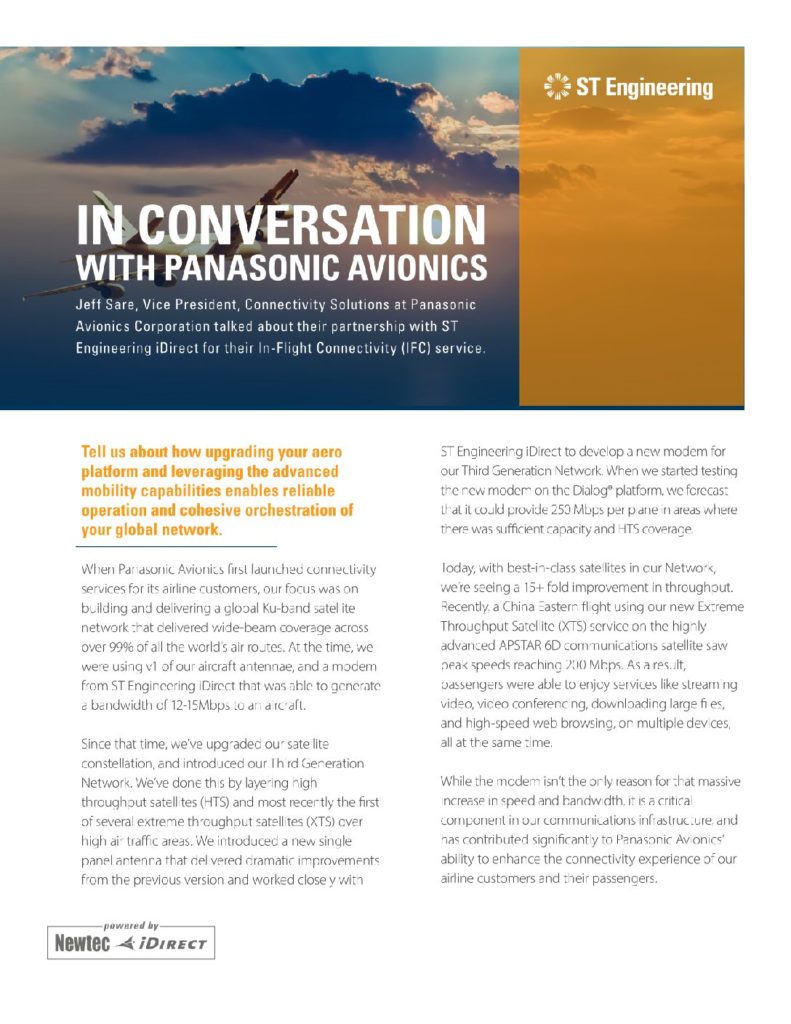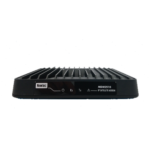Mx-DMA MRC ensures the highest efficiency for any type of application, fixed or mobile, and from very bursty traffic to fixed high bitrate services. The shared return can support a broad mix of traffic profiles. Applications with relatively lower bitrates, such as SOHO and broadband access, typically have a higher degree of overbooking to accommodate bandwidth sharing. Moving up the scale, Enterprise, SNG, Government, Cellular Backhaul and Maritime market applications have higher bandwidth requirements with less bandwidth sharing.
Terminals with a steady traffic demand will operate like a SCPC link, with slowly varying transmission parameters depending on link conditions, but will seamlessly share capacity with highly overbooked terminals carrying bursty traffic. Terminals not passing traffic will log off and restart transmission with an unsolicited logon mechanism when needed. This means that there is no idle capacity consumption.
An investment in Mx-DMA MRC infrastructure is future-safe, knowing that any future service plans will be supported in shared capacity, and sharing the infrastructure.
Mx-DMA MRC scales in MHz independent of the number of terminals so customers may be served with a single return link for the majority of their use cases, minimizing operational complexity and maximizing statistic multiplexing. Designing an Mx-DMA MRC link does not require precise knowledge of the traffic and terminal mix as the link self-optimizes in real time. Moreover, the high efficiency enables bandwidth savings, higher throughput, better network availability.

















